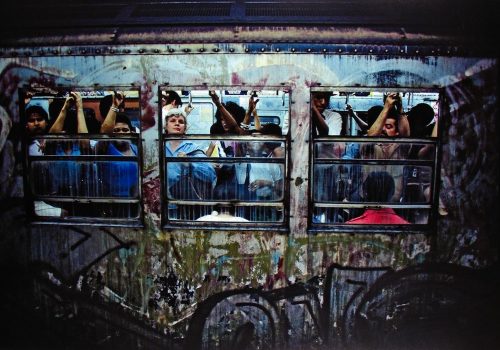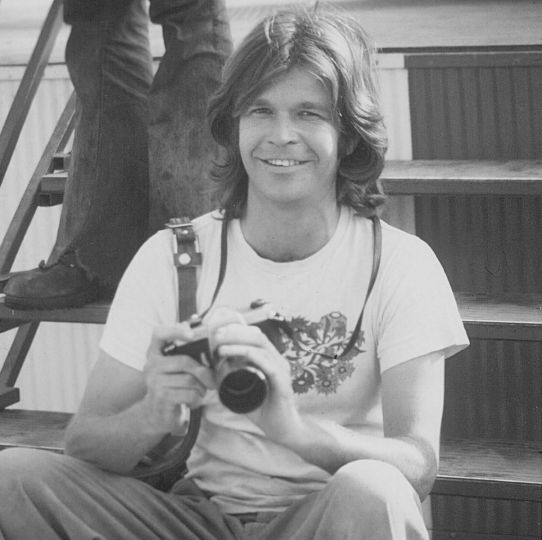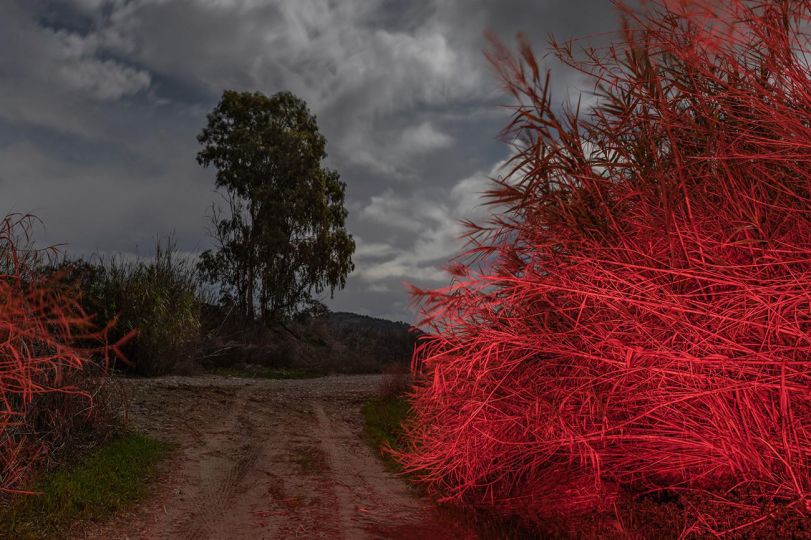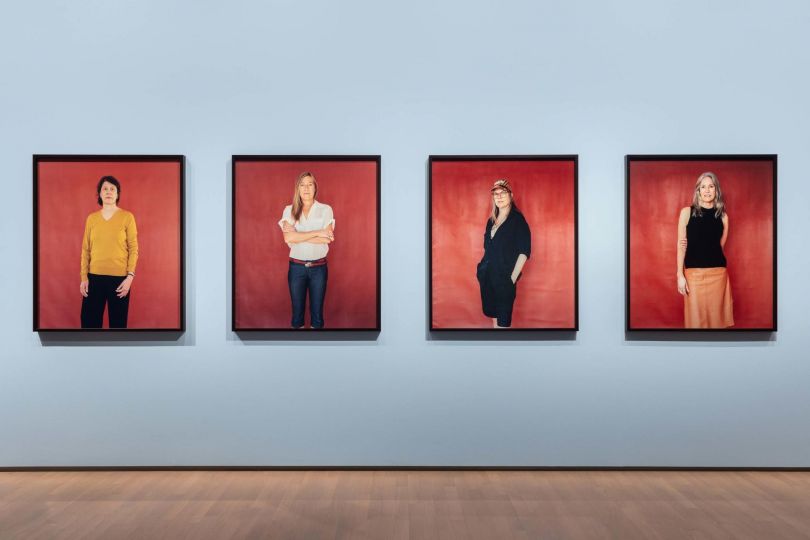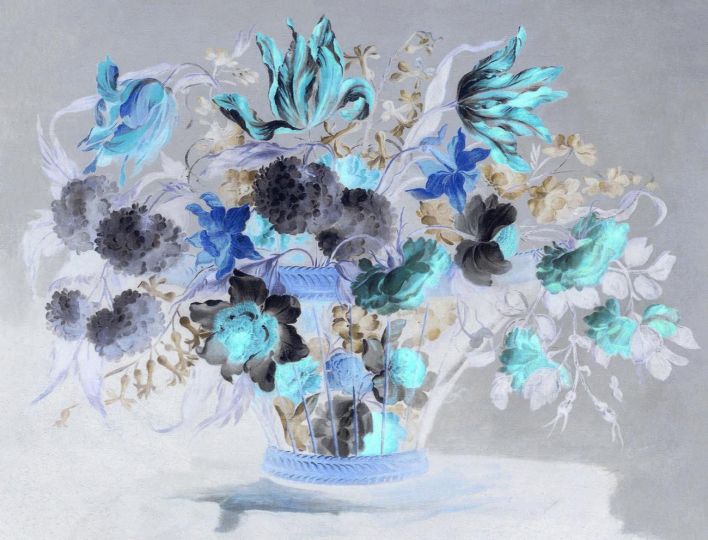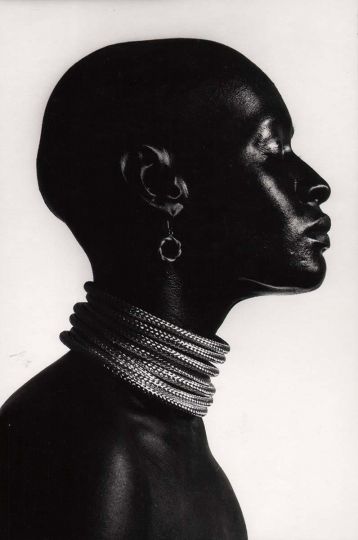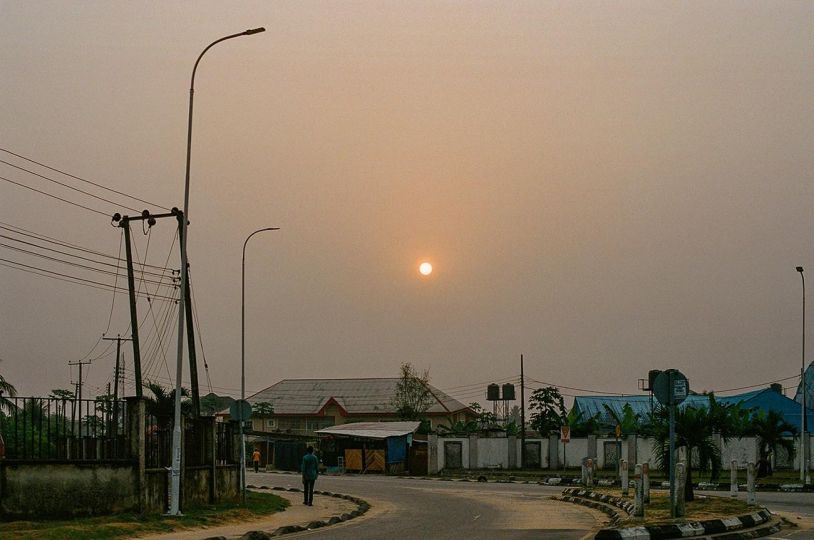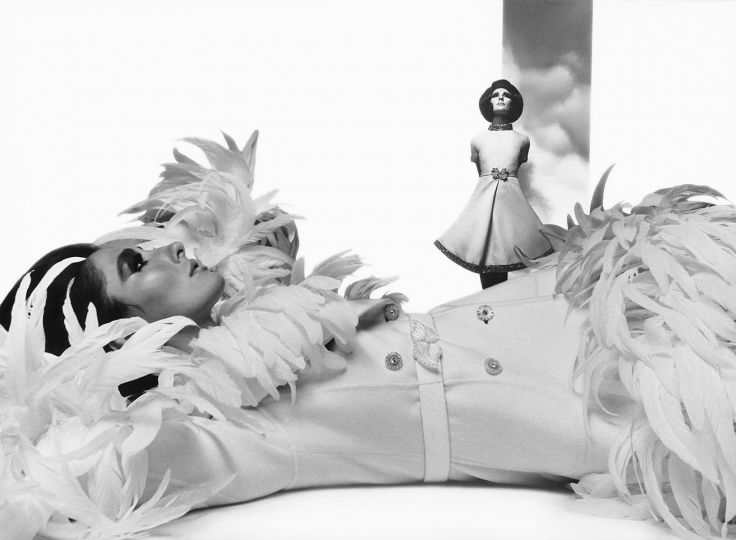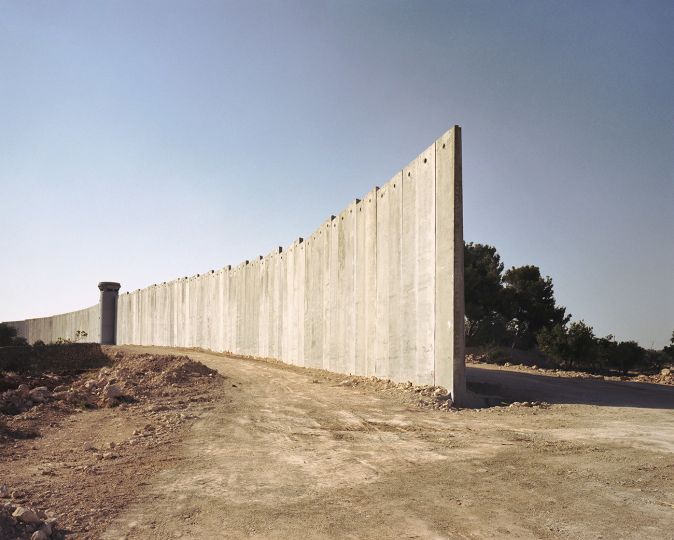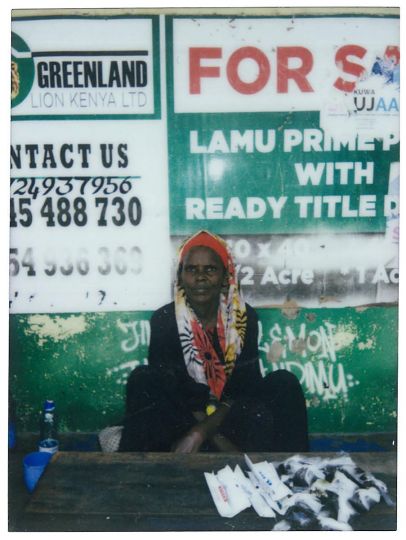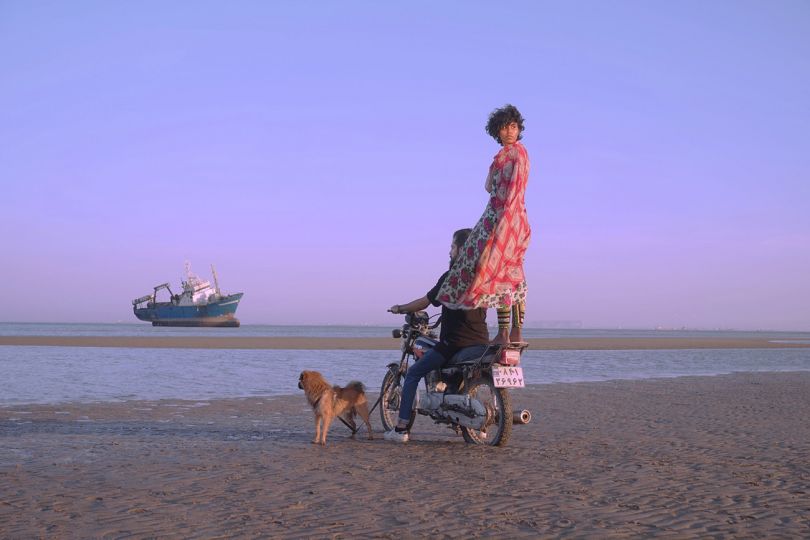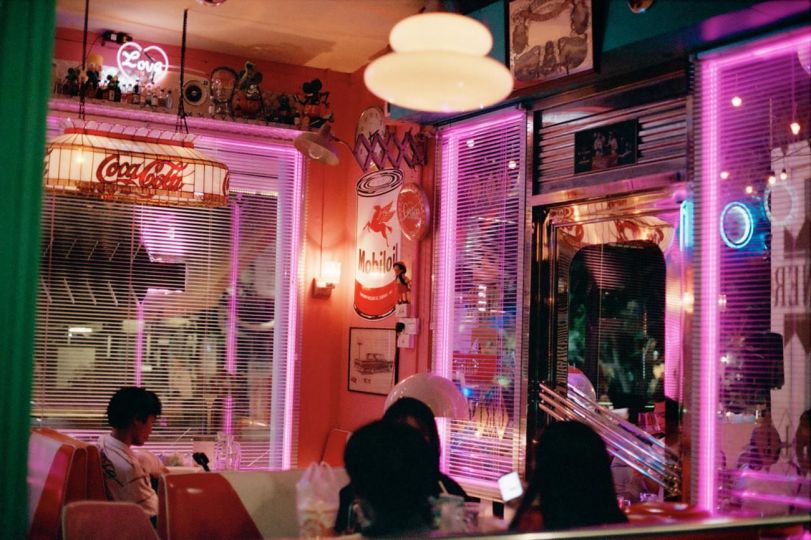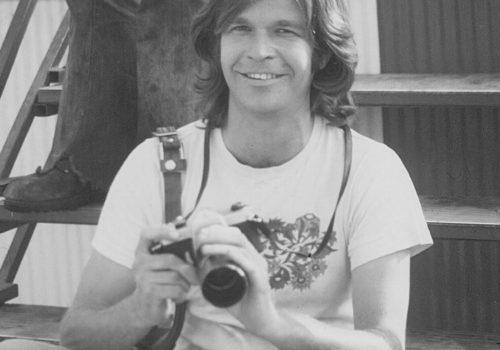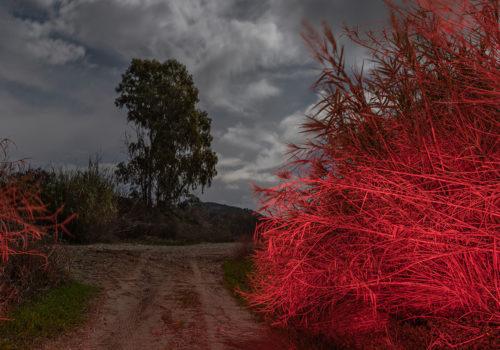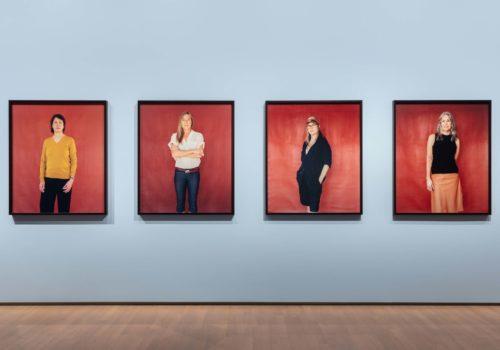After the financial crisis of the 1970’s decimated New York City’s public programs and infrastructure, the subway in particular was arguably at its nadir in terms of maintenance, upkeep, and crime as the decade came to a close. It was precisely at this moment, however, that Bruce Davidson began photographing it in a sustained and systematic way. The subway he traversed then, from the Bronx down to Coney Island and Rockaway Beach, seems a distant image from the one we ride today. Howard Greenberg and Bruce Davidson sat down recently over Zoom to discuss Davidson’s now-classic project “Subway”.
The following conversation has been edited and condensed for clarity.
Howard Greenberg: Bruce Davidson is not only one of the great photographers of the 20th century, he’s different than the others as well. He made his mark in the field early on as a young man by creating an extended photo essay on a Brooklyn street gang called the Jokers. Today we’re going to talk mostly about his work on the New York City subway. (Subway was first published by Aperture in 1986).
These days, where color photography has really emerged as the primary medium for art photography, Subway stands as protype of what was to come. The subway was a subject for you to explore and photograph and make this incredible essay around 1980. What led you to it? Especially at such a dangerous time in New York City?
Bruce Davidson: I still haven’t come to terms with what it means. I think I’m still attached to it in a certain way though. It’s important that there’s a meaning to my photographs, a passion that sustains me, and a clear reason for being there. In 1979/1980 the subway contained all those things for me. Though in its own way, it was as desolate as a body of work could be.
It was dark; I used a flash to signal that there was an event taking place in the subway. Subway is about aspiration. I fastened myself as a hunter would.
HG: By using the flash purposefully, you were really calling attention to yourself. You became the event. It was courageous to do something like that.
BD: The flash wasn’t always there, particularly if it felt too dangerous. But it helped me explore color, passion, and meaning.
I think that beauty was and still is a possibility in the subway. I met remarkable people over that period of 3 or 4 years. One woman was standing on the platform and her dress was blowing in the wind. I didn’t want to frighten her, so I went up to her and asked permission. She became one of my favorite encounters in this body of work.
HG: You’ve shown me some black and white work that you did on the subway, yet most people only know the color work. Why is that, and how did that all go down?
BD: Well it began in black and white because that’s who I thought I was, but I also saw that there was something else happening in the subway that had to do with color. Although I prefer the black and white – there are only about two dozen images – they were the old Bruce Davidson. I felt this project had more meaning in color.
HG: You made the right choice as far I’m concerned.
I’ll digress a little bit. Although I knew your work before we started to work together, I’ve grown to know it more deeply since you joined the gallery over twenty years ago, and I have the most enormous respect for how you’ve approached making photographs and how you’ve gone about making your creative choices.
BD: Thank you. My wife has made me see that the facts of someone’s life are more important than my artistic expression.
HG: I think that’s what makes your photographs so impactful.
How did it work with the people you were photographing in the subway. You were close to some of them. What was that interaction like?
BD: There have been times after the fact that I’ve sent a little print to the person in the photograph. I carried a little album to show people my work. There’s a picture of a young man with a scar on his face, and I looked into the camera and he said, “Don’t take my picture or I’ll break your camera.” And I said, “No no, I would never without your permission” – which was a lie. So I showed him my album, and he let me photograph him.
When you come to the end of the book, though, the pictures become more abstracted.
HG: The only reason the work could expand and change and evolve and become more abstract is the commitment to doing this project for a long period of time.
BD: I’m glad you understand and support the work.
HG: It’s been my great pleasure.
First published by Howard Greenberg Gallery.
Courtesy and copyright Howard Greenberg Gallery 2020.
Howard Greenberg Gallery
41 East 57th Street
Suite 1406
New York, NY 10022
(212) 334-0010

